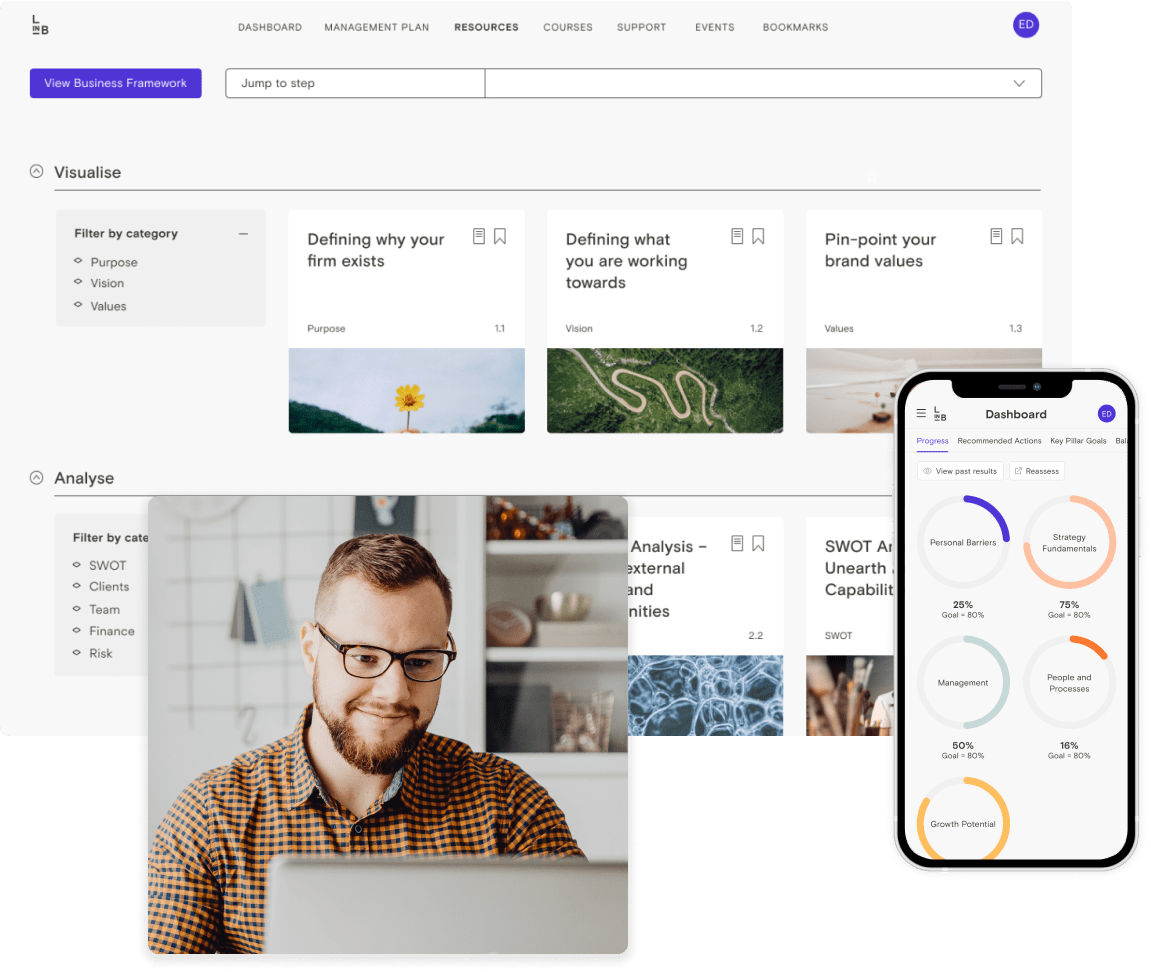

Running a small business means doing a bit of everything. Whether you’re a bookkeeper, baker, or boilermaker, chances are you’ve picked up skills far outside your original job description. That all-in, hands-on approach should be a source of pride.
But there’s a flip side to self-sufficiency: Key Person Dependency (KPD). It’s one of the biggest risks facing small business owners, and it often goes unnoticed until it’s too late.
If a flu, a family emergency, or even a long weekend would stop your business in its tracks, it’s time to rethink how much it all relies on you.
KPD shows up when too much of your business depends on you. It can’t run without your direct input. You’ve built everything around yourself, and now stepping back feels impossible.
The cost? Slower growth, constant stress and little room to breathe. When it all sits on your shoulders, there’s no space to zoom out, lead strategically, or simply take a break.
This isn’t about blaming yourself. It’s about recognising what’s real and making space for something better.
When was your last real holiday? Not just a weekend away with your laptop. If you’re the only one handling key decisions, responding to clients, or fixing problems, you are the system. And that system stalls when you’re not there.
“How do I handle this order?”, “What should I tell the client?”, “What’s the number for our supplier?”. If every question, big or small, comes back to you, your team can’t move without your go-ahead, and that creates stress, delays and burnout.
You turn down great opportunities, not because you want to, but because you’re maxed out. When you’re the bottleneck, you cap your business potential.
If even one of these hits home, that’s OK. This is common, and fixable. And it doesn’t mean you’ve failed. It just means it’s time to shift how your business runs, so it’s not all on you.
The good news? This isn’t about a dramatic overhaul. Start small, start practical.
Write down the step-by-step how-tos: quoting jobs, invoicing, what to do when the software system glitches. Include the real-world details, like your go-to contact at a supplier. These small details are the gold nuggets that keep things moving without you.
The knee jerk reaction when faced with KPD is to find yourself a 2IC, train them to be you and call it a day. But relying on just one backup? That’s still dependency. Even in a small team, make sure people know the basics of each other’s roles. Your admin should know how to follow up leads. Your apprentice should know how to chase a supplier. It doesn’t need to be perfect, just functional in a pinch.
Secure cloud storage Shared calendars. Password managers. If it’s all in your head or locked in your inbox, it’s not accessible. Ask yourself: Could someone find what they need without texting you? If not, fix it. Your future self will thank you.
KPD isn’t a failure. It’s a phase, one that most founders go through. Your business started with you. That won’t change. But it also can’t all rest on you forever.
You can still lead. Still steer. Still be essential. Just not irreplaceable.
Start with small steps that give you space to breathe. Because leadership isn’t about holding it all. It’s about building something that can hold itself, with or without you.
